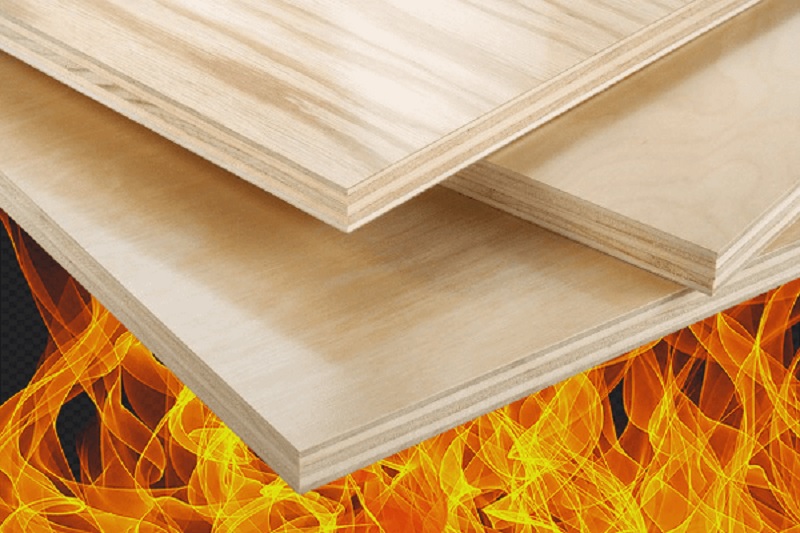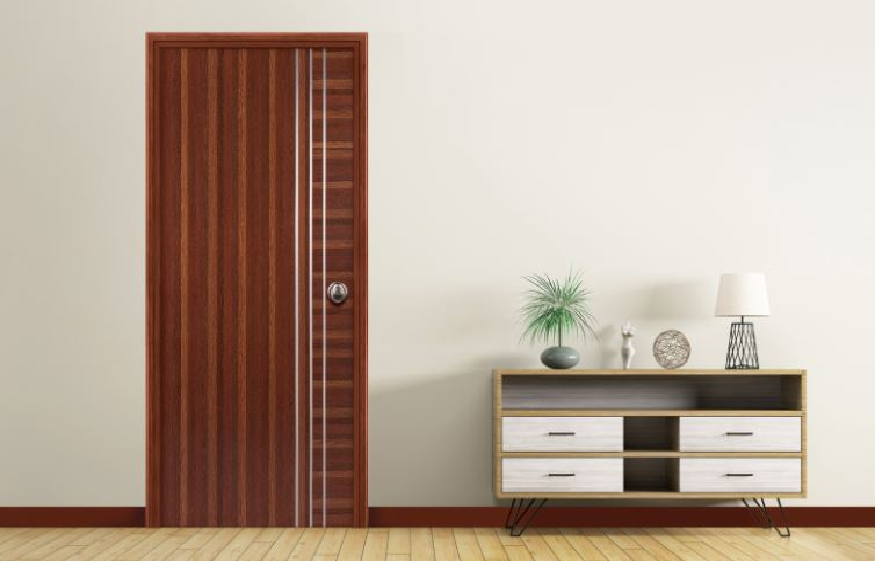6 Unique Applications of Firewall Plywood in Modern Living

In terms of modern life, essential supports such as safety and innovation are indispensable columns, which maintain the new age environment. Technology has evolved to such an extent that the construction materials we now use to meet the safety and durability requirements for our spaces have also evolved considerably.
In this scenario, CenturyPly a well-known brand has come with its fire resistance plywood known as Firewall plywood which prevents the spreading of fire. While conventional plywood is all in all good at securing the boat, Firewall Plywood integrates this cutting-edge technology to offer greater protection and peace of mind. In this article, we shall talk about 6 unique applications of firewall plywood in modern living.
Residential Construction:
At a construction site where residential buildings are built, safety in the event of fire is always paramount. While plywood in the world of construction is one of the main things, CenturyPly’s Firewall plywood offers unprecedented resistance to fire when compared to traditional plywood. By incorporating it into the building process, CenturyPly enables homeowners to build a sense of safety against fire more confidently.
Commercial Infrastructure:
Places like offices and stores demand fire safety and is compulsory for all commercial buildings. In this certain industry, CenturyPly with its technology-induced fire retardant plywood is a reliable solution for engineers and contractors. Bringing in the advanced firefighting treatment by CenturyPly can make the possibility of fire-caused damages lower and customers are likely to be safer.
Interior Design:
Besides being an extremely functional material, plywood is expected to be a versatile material in interior design. Developers or architects can gain concrete advantages from Firewall technology both in terms of technical application and design with the help of safety-enhancing utility and aesthetics. From there, it can easily be incorporated into your interior as a design element which at the same time elevates both your style and your security.
Marine Applications:
Maritime businesses differ technically from terrestrial ones since there are a lot of features of marine ships that make them prone to combustion. For that purpose, fire-rated plywood plays a key role in marine-grade fire protection and high grades of performance and durability. By exploiting CenturyPly’s technology shipbuilders can do better than others in ensuring safety and reliability regarding onboard fires.
Transportation Infrastructure:
When it comes to modes of transport having high standards for the safety of passengers is fundamental. Firewall plywood is to be involved in the construction and restoration of transportation facilities where it can be used for designers and builders who are looking for a robust solution. Through embedding CenturyPly’s technology in the stations, terminals, and transport interiors, stakeholders can enhance fire safety standards.
Industrial Settings:
An industrial realm is a place where the stakes are high and the risks of fires are large. Therefore, the issues of risk mitigation have to be left behind and looked at proactively to prevent this from happening. Fire-resistant plywood sheets are an ingenious instrument and are an important element of industrial construction as they help develop protection against fire.
From factories to warehouses to manufacturing facilities, the CenturyPly technology represents the most critical layer of defence against the tragic consequences of large-scale damages resulting from industrial fires. With protection for both properties and lives, the technology is undoubtedly essential.
CenturyPly’s Firewall Plywood is the latest product that comes to serve as an innovative solution in fire safety in the context of modern living. CenturyPly’s firewall plywood represents a solution that delivers innovation in the challenge of the prevailing era. They offer a unique solution that lightens the path toward safer and more resilient built-up environments.

 English
English 

